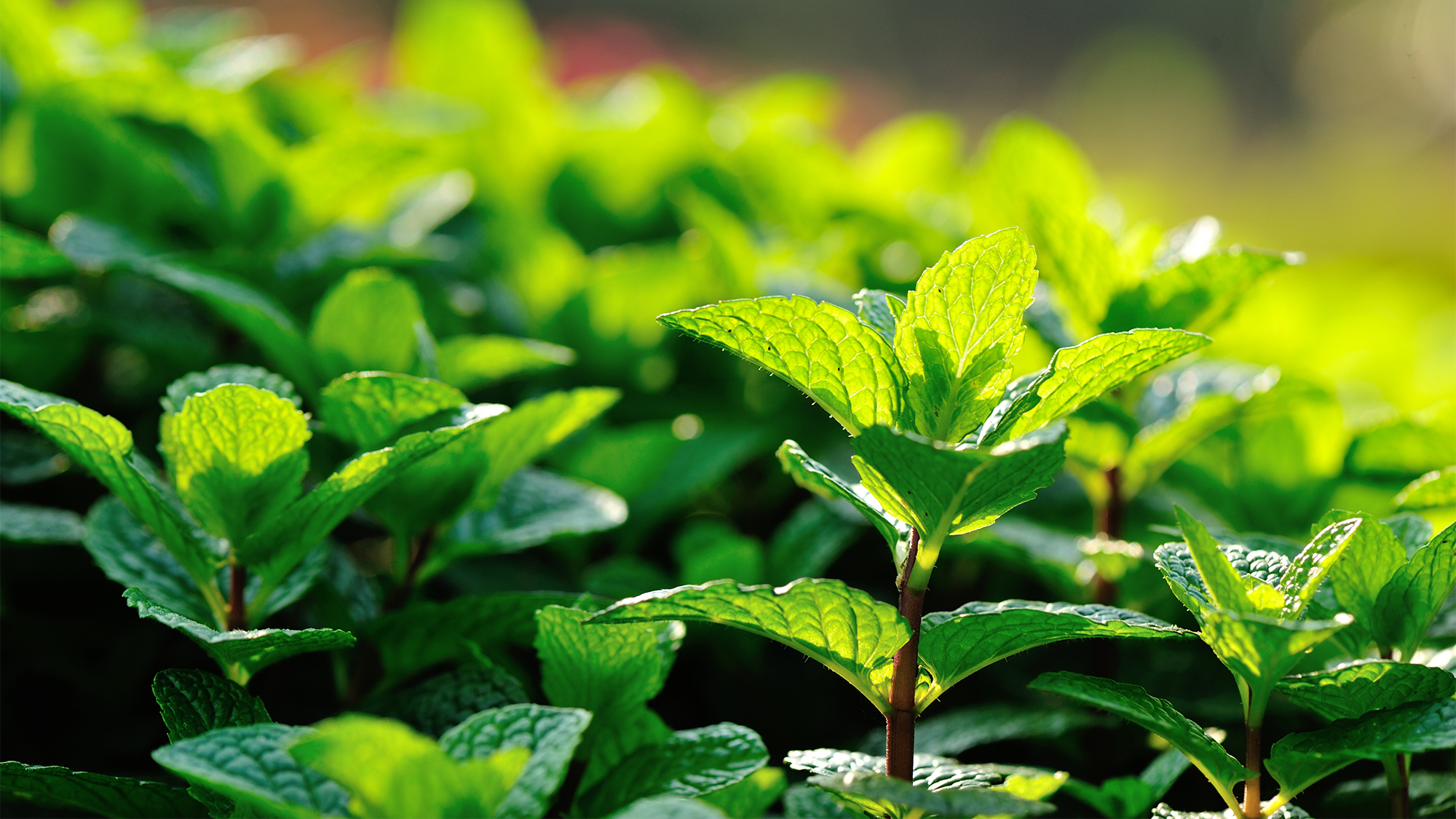

When an animal is born or when a plant sprouts, the new organism has not only inherited its parent DNA, but also some genetic memories called epigenetic memories. These genetic recollections can come in the form of a changed gene expression due to the trauma from past environmental stress or the basic instructions on how specific chemical markers in the cell should be used in the genetic code they’ve inherited. Epigenetic inheritance is particularly common in plants and understanding how it works could help produce more robust plants to secure future food supplies in the face of global climate change.
Scientists are getting closer to understanding the processes behind epigenetic inheritance in some plants and have discovered how a specific protein works to control this process. The findings are detailed in a study published August 28 in the journal Cell.
[Related: Scientists can now tell if you had a ‘vanishing’ twin in the womb.]
In the study, a team from Cold Spring Harbor Laboratory and Howard Hughes Medical Institute looked deeper into how plants pass along markers that inactivate potentially disruptive genes called transposons. Transposons are also called “jumping genes.” When they’re switched on, they can move around and disturb the other genes within a cell. To keep transposons quiet and protect the rest of the genome, cells use a process called methylation, which adds regulatory markers to the specific DNA sites where the transposons are jumping around.
During methylation, a protein that silences genes called DDM1 clears the way for the specific enzymes that place important inherited chemical markers onto a plant’s new DNA strands. Plant cells need DDM1 to clear paths because their DNA is naturally very tightly packed together. To keep the DNA properly condensed, cells wrap their DNA around packing proteins called histones.
“But that blocks access to the DNA for all sorts of important enzymes,” study co-author and plant biologist Rob Martienssen said in a statement. He added that before methylation can occur, “you have to remove or slide the histones out of the way.”

This is where DDM1 works. DDM1 slides DNA along the packing proteins to expose the sites in the plant cell that need methylation. Martienssen explained that this process is like the way a yo-yo glides along a string. The histones “can move up and down the DNA, exposing parts of the DNA at a time, but never falling off,” he said.
Martienssen and former colleague Eric Richards first discovered DDM1 30 years ago and this study is building upon that initial finding using a plant called Arabidopsis thaliana or thale cress.
In a series of genetic and biochemical experiments, Martienssen pinpointed the histones that DDM1 displaces. Next, study co-author Leemor Joshua-Tor used a process called cryo-electron microscopy to take detailed images of the enzyme interacting with DNA and the packing proteins associated with it. The team saw how DDM1 grabs onto particular histones to rearrange the packaged DNA.
[Related: Dying plants are ‘screaming’ at you.]
“An unexpected bond that ties DDM1 together turned out to correspond to the first mutation found all those years ago,” molecular biologist Joshua-Tor said in a statement.
Their experiments also showed how DDM1’s preference for certain histones preserves epigenetic controls across generations of plants. A histone found only in pollen is resistant to DDM1 and acts as a placeholder during cell division. “It remembers where the histone was during plant development and retains that memory into the next generation,” Martienssen said. This knowledge will help new generations of plants keep jumpy transposons from disturbing the rest of the genome.
Plants are potentially not the only organisms performing this process. Humans also depend on proteins similar to DDM1 to maintain DNA methylation. This new understanding of its role in epigenetics could one day explain how these proteins keep our own genomes both intact and functional, but more research is needed.
